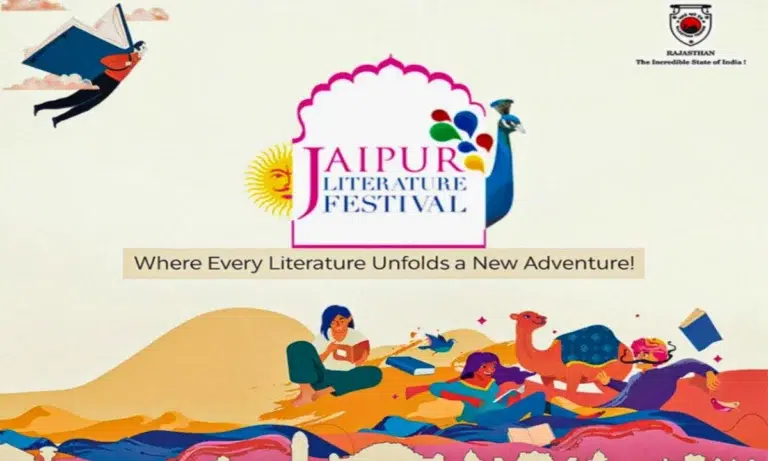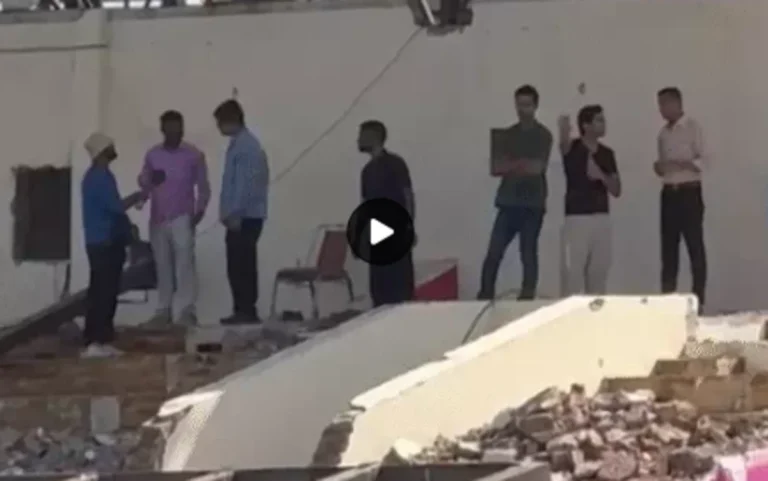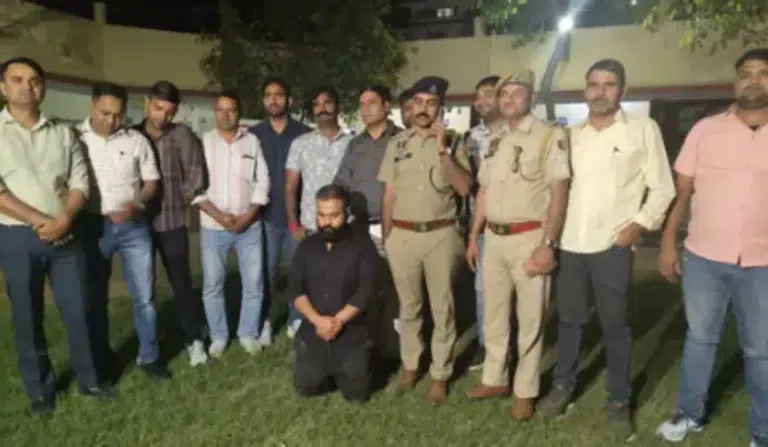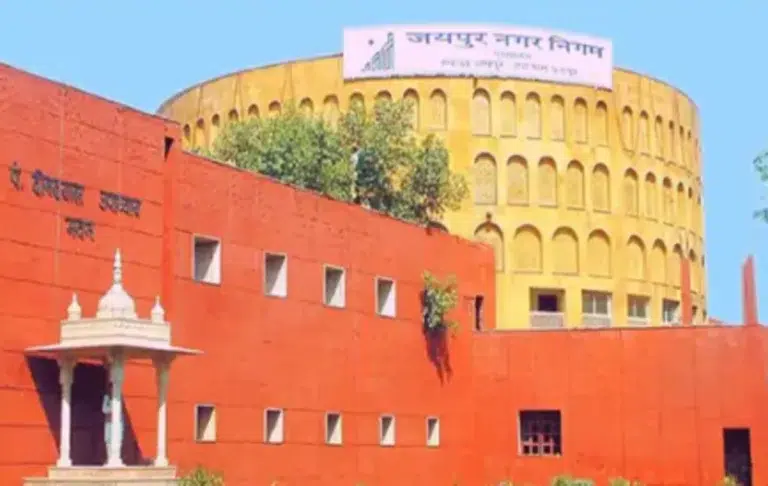The Jaipur Literature Festival 2025, spanning from January 30 to February 3, made sure that the pink city became once again a cosmopolitan mecca for literary chatter, cultural exchange, and artistic celebration. For its 18th edition, The Jaipur Literature Festival (JLF) maintained its status as one of the world’s truly premier literary festivals, while showing foresight to integrate discussions on contemporary matters into its programming, thus marking its footprint in the cultural calendar.
A Confluence of Global Voices
Curiosity and cerebral energy filled the air, with over 300 speakers around the world participating in this event’s launch. Under the wide umbrella theme of “Fractured World,” this year’s JLF wanted to find ways to navigate the multiple complexities of global conflicts, divisions within societies, and the healing power of literature.
The lineup was nothing less than marvelous: Nobel Laureates, Pulitzer Prize winners, and authors galore, whose words create the texture of contemporary literature. The co-directors of the festival, Namita Gokhale and William Dalrymple, along with festival producer Sanjoy K. Roy, set the tone with their opening remarks for the festival that was all about building bridges of understanding and dialogue in a world more and more polarized.
Elucidations by allrounders such as Esther Duflo, stressing on economics and development, and Nathan Thrall, unweaving the intricate politics of West Asia, were some of the diverse highlights. From javed akthar poetry, from where stanzas made the past speak with present-day sensibility. It was truly a year when JLF turned inside out, not simply a place for the literature, but it was a base for examining what is really gnawing world’s issues through art, history, and science.
Diverse Threads of Narrative
The theme “Diverse Threads of Narrative” really portrayed a vibrant spectacle of storytelling at JLF 2025, emphasizing the manifold nature of literature. The sessions stirred across genres, languages, and cultural contexts, creating an amalgam of voices from across the world.
Complementing this linguistic diversity were sessions that ranged from Hindi through Bengali, Rajasthani, Kannada, Tamil, and Telugu to Sanskrit, witnessing in celebration India’s cradle of so many languages. This multilingual embrace greatly widened the doors of literature so that stories would drift freely across cultural and linguistic borders.
Crime fiction was the foremost of authors: Val McDermid and Vikram Chandra grappled with human morality and the lure of mystery. And yet, each session transcended the thrill of the plot, treating with the psychological depths of the characters and the society reflected therein.
Biographies and memoirs opened the mind to extraordinary lives as authors recounted personal stories that told of strife and triumphs, glimmers into historical moments. These personal stories really humanized the festival, creating links for the audience to the life experiences of others.
The storm of contemporary times was addressed in sessions on democracy, equality, and constitutional rights, where literature was pictured as a means to achieve social change and understanding. It was an uphill task, for these very subjects and reflections to be on a sad note at once – illustrating that JLF can not only entertain but also educate and engage with present societal problems.
The environment came to be woven into the storylines, with many sessions putting the focus on sustainability and climate change. This emphasis showed what role literature can play in advocating for and understanding our relationship with the planet.
Through these different threads JLF 2025 illustrated how literature can be a singular vehicle for dialogue, reflection, and inspiration across cultural, linguistic, and ideological divides.
A Cultural Extravaganza
The activities here, apart from the intellectual activity, were cultural in their own sense. Jaipur Music Stage proved to be a colorful component where performances varying from Rajasthan folk to contemporary were hosted and much more brought together to represent a culture through the universal language of music. The Amir Khusrau Project, Kamakshi Khanna, and others were put there to captivate the audience, thus converting this symphony into an auditory art celebratory affair with literature.
This was completed by the Festival Buzzaar that added another dimension to the jamboree with display and experience of crafts, books, and local food – really much sensory experience from Rajasthan. This was where the festival’s spirit of inclusivity and community offered space and a creative area where art, literature, and commerce converged.
Innovations in Accessibility and Engagement
Jaipur Literature Festival 2025 has upheld its commitment to inclusivity and interactivity with some outstanding practices that promote access and engagement. The most notable innovation was that of Sign Language Interpretation Sessions, making the artistic discussion accessible to the hearing impaired, hence drastically increasing the festival’s inclusive character.
Technology has also played a vital role, with the help of interactive apps facilitating live audiences to participate in many session activities. The digital facility enabled the engaged audience to submit questions, vote on discussion points, and interact with speakers in ways other than the customary Q&A, thus enhancing their participatory experience.
The Jaipur BookMark (JBM) has been the beacon for publishing, concentrating on the business side of things with sessions about translation, digital publishing, and the impacts of AI upon literature. These segments have involved professionals while demystifying the publishing field to aspiring writers and interested readers.
The workshops and masterclasses were mainly targeted at the young, who were stimulated towards reading and writing through hands-on activities. Competitions and interactive storytelling sessions were intended to develop creativity and engagement among youth.
The new features are a testament to JLF’s commitment to ensure that literature remains a vibrant part of contemporary culture, accessible to everyone and engaging in ways that make sense to a contemporary, diverse audience.
Art and Literature: An Integrated Experience
JLF 2025: the integration of the arts and literature was impeccably accomplished, creating an environment where both were at once celebrated as intertwined expressions emanating from a human experience. The venue became dotted with art installations, exhibitions, and two mentions of the Ojas Art Award celebrating indigenous art forms. When it came to art, discussion on art, its historical importance, and art of Indian contemporary were good glimpses into the precise understanding of how it shaped and shaped the culture itself.
It was an effort that took art books and exhibitions into account, showing the symbiotic relationship between visual and literary arts. This holistic approach was good for the audiences and, yet again, was in line with unity in diversity — the fundamental ethos of the festival itself.
In a span of five days, JLF 2025 was not simply an event; it was a great celebration, an intellectual banquet, and a dialogue that went beyond the patterns of what an ordinary literature festival should contain. It served as a living invitation to the power of stories to bind and enlighten and inspire the world, in so many ways fragmented for the lack of shared narratives and bridges for understanding and healing.
The Jaipur Literature Festival 2025 was a larger-than-life story and a massive party to understand and promote global voices, stories of diversity and cultural extravaganza, innovative ways of inclusivity, and integration with art. For more detailed information about the festival, including schedules, speakers, and details about the session, please visit the official website at https://jaipurliteraturefestival.org/.




